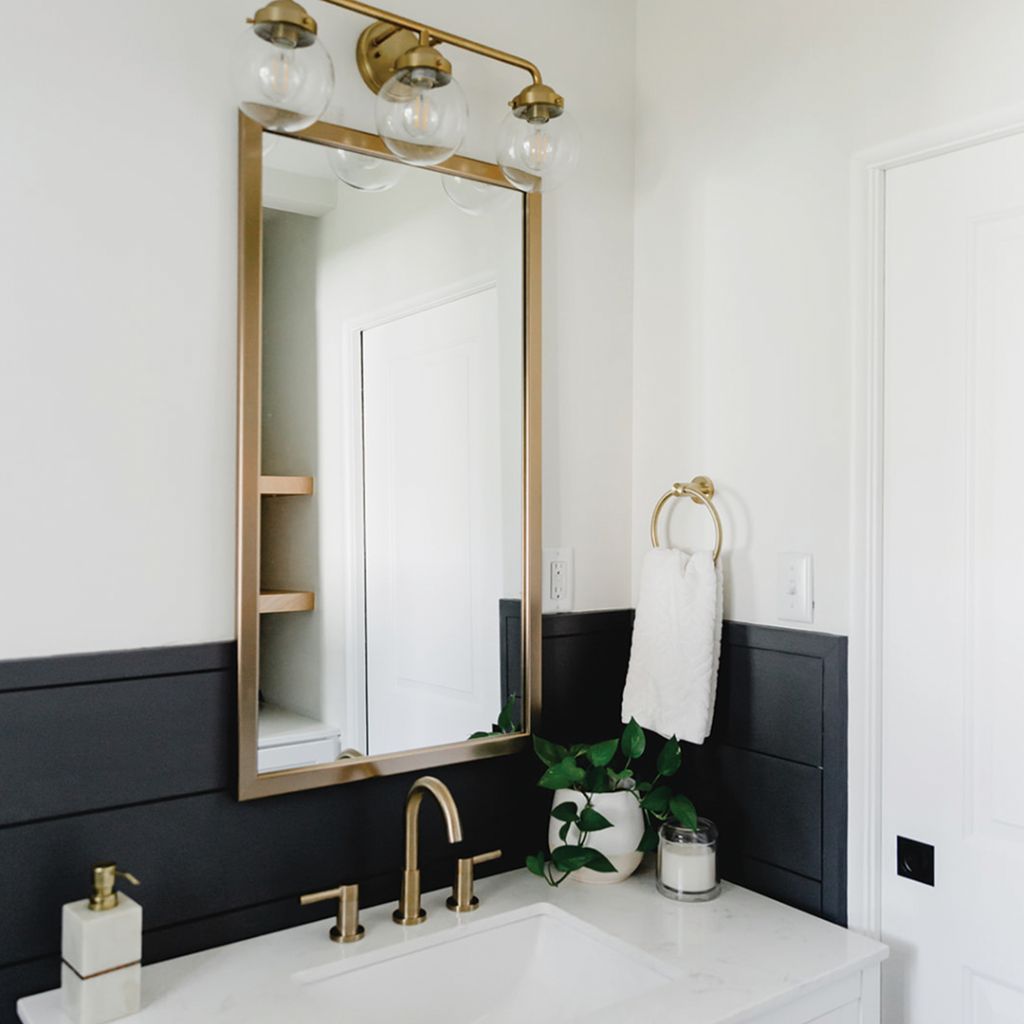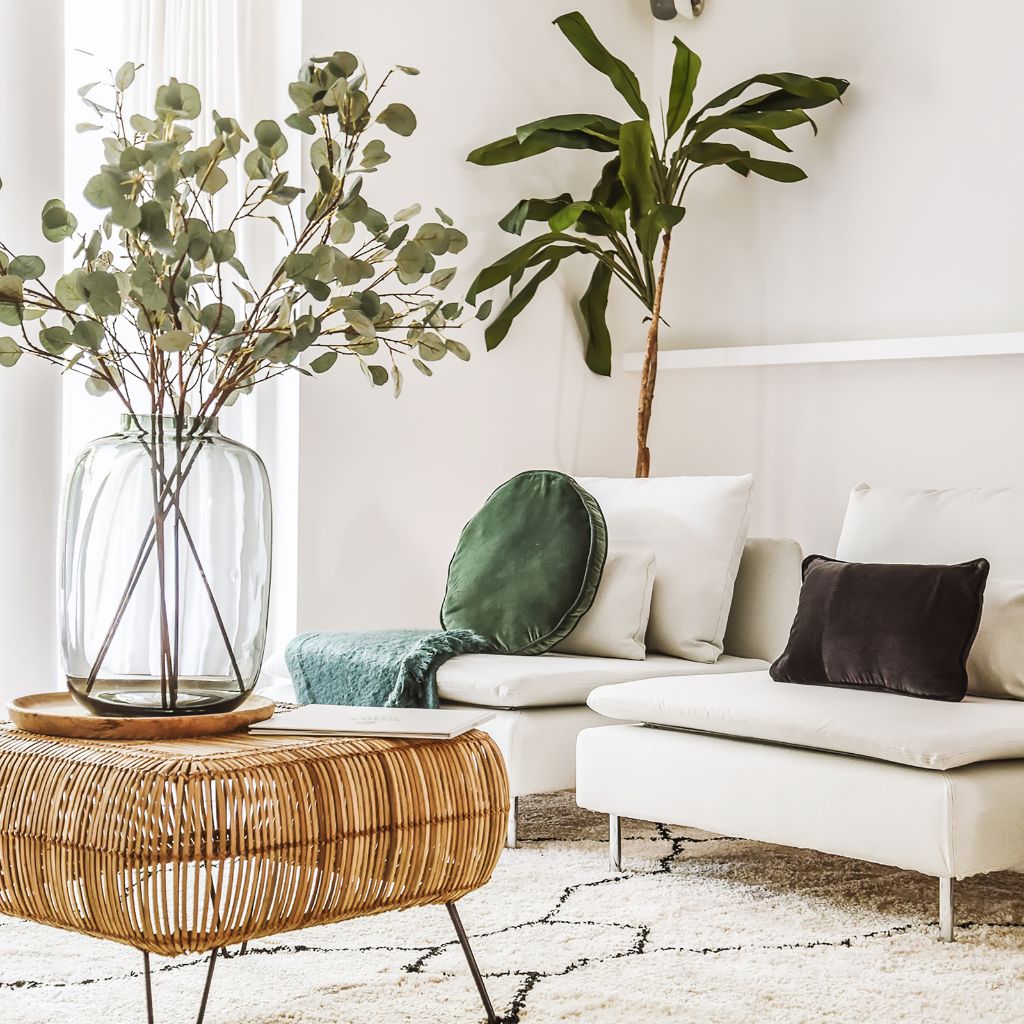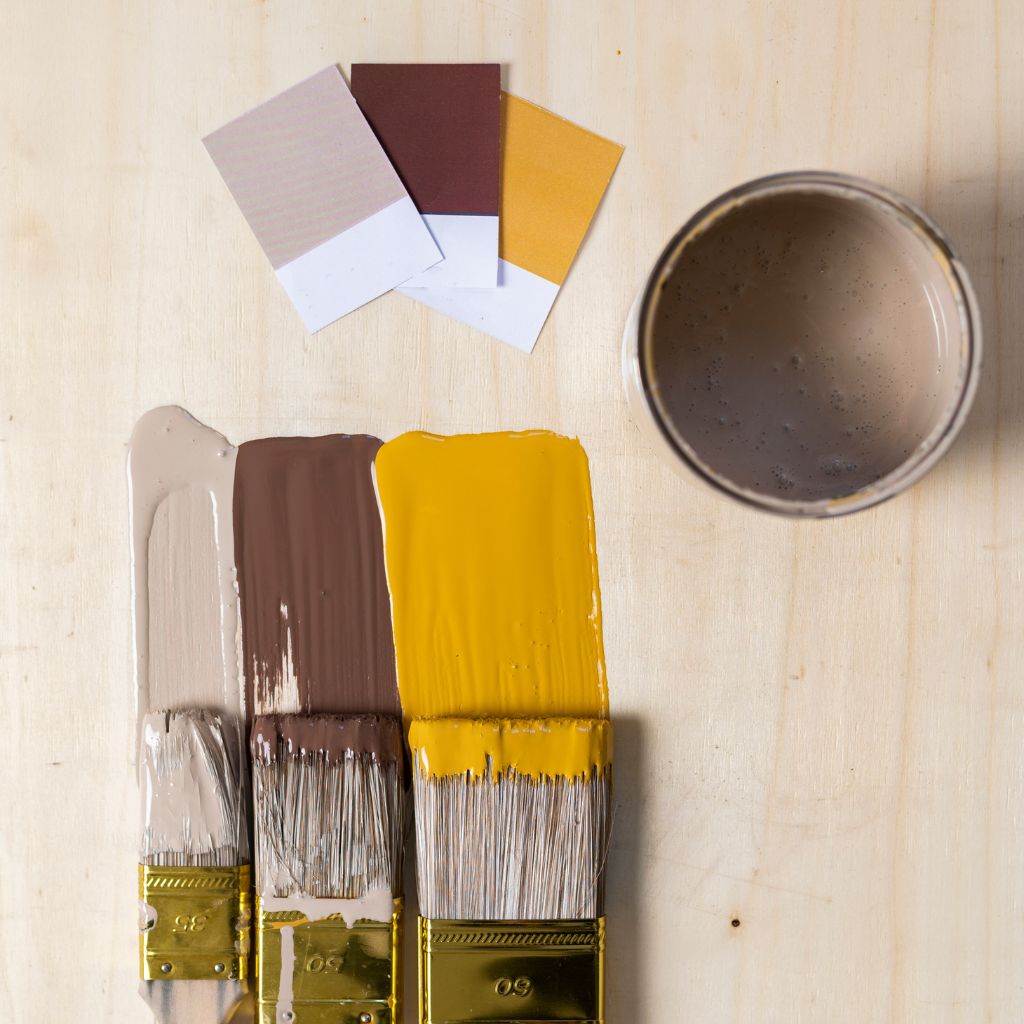We’ve previously discussed how paint can completely transform a room—but it can be paralyzing to have to pick a color for your own walls. Below, we’re answering a few common design conundrums and offering our best design tips for picking a color palette you’ll love for years.
QUESTION: Do You Need One Cohesive Color Throughout the Home?
ANSWER: Not at all. While having a single wall color can create a sense of unity and easy flow from room to room, it can also be a bit boring. Mixing and matching complementary colors can add depth and visual interest to your space.

We recommend sticking to three-to-five colors in your palette, letting different ones take the lead in each room. That way, you’ll have a nod of coordination from room to room without having to copy and paste an entire look.
QUESTION: Can Different Rooms Be Totally Different?
ANSWER: Why not? Different rooms serve different purposes, and there’s no reason why the wall color can’t reflect that. For example, you might opt for a peaceful, serene color palette for your bedroom but a vibrant palette for your kitchen.
The key is to ensure that there is some element of cohesion between the different color schemes to prevent your home from feeling disjointed. You can achieve this by working in accent colors from your established palette (see above!), or by maintaining the same metal finishes from room to room. You want your home to have a sense of continuity, even when the spaces themselves are distinct and unique. Otherwise, it can be a bit jarring to move from one room to the next.
Tip #1: Take Cues from Your Wardrobe
If you truly don’t know what your style preferences are, sift through your closet and try to identify common themes. Have an affinity for navy and pink? Does white linen and powdery blue make a frequent appearance? From your personal style, you can find inspiration for the sort of fabrics, textures, and colors that spark joy for you and express your truest self.
Tip #2: Choose a Core Color, and Go From There
A popular approach among designers is to choose a neutral color or two to serve as the backdrop throughout the home, and then give upholstery, accessories, lighting fixtures, and artwork center stage. From cream to white to gray, an inoffensive neutral wall is a safe base to layer onto.

Tip #3: Swatch Test (Don't Skip It!)
No matter how much you love a paint sample in the store—and even if you’ve seen it in-person on your neighbor’s wall—do not skip swatching paint on your own walls. Light (and lack of it) can make a huge difference in the appearance of your color, and can vary from one room to the next. The last thing you want is to be disappointed by the green tint in your white paint based on the time of day and amount of sunshine that hits it!

Tip #4: Bring Cohesion Through Finishes
If you get a bit bolder with your color choices and vary the color from room to room, you can add a sense of cohesion through your metal fixtures. Perhaps you coordinate your lighting fixtures, opt for door handles of the same tone throughout the house, or create a custom mirror for your dining room that pulls in the nickel from your kitchen. It doesn’t all have to be matchy-matchy—in fact, we encourage mixing and matching—but it is an effective way to connect the styles of various rooms.
READ MORE: Five Tips for Mixing Metals in Your Home
Think a Custom Framed Mirror is just the fix for pulling your color palette together? Take a look through our wide range of colors and finishes now!






